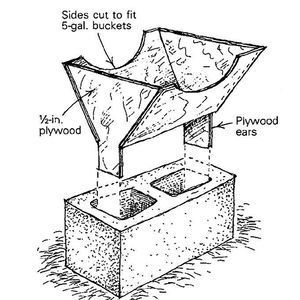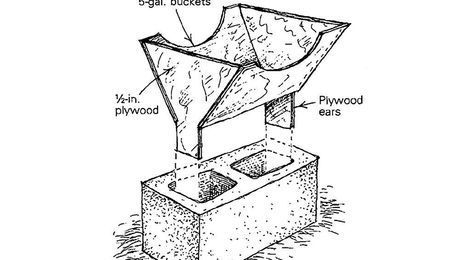Vacuuming Footings
A shop vacuum does a great job of sucking up loose dirt.

After digging post holes for deck footings, I was having trouble cleaning out all the loose dirt before putting the footing tubes in. It was even harder to clean out loose dirt from inside the footing tubes after backfilling around the outside. I had dug down to the bedrock and wanted a clean surface for the concrete to settle on. I found that a shop vacuum does a great job of sucking up this loose dirt.
— Dayle Hogg, Toronto
Edited by Charles Miller
From Fine Homebuilding #265





























View Comments
This is a very useful tip. I use my shop vac all the time when I'm digging post holes. When the holes get deep or there is a rock in the way, the post-hole digger doesn't work well. That's when I get out the shop vac and the digging bar. This is also the technology behind SoftDig, a company that specializes in digging around underground utilities. There is much less chance of damaging wires or pipes if you are sucking the dirt out of the hole with a giant vacuum instead of digging with a backhoe.
Actually, rather than mechanical tools, the big utility vacuum trucks use "pressure washers" to loosen the dirt without risking too much damage to pipes, wires and conduits. Recently, after they washed & vacuumed out their holes and a muddy, flooded transformer vault, I saw the techs use the vacuum to suck their pulling tape through 500 feet of conduit.
Drill or dig a hole larger than the sono tube to be used. Duct tape a green garbage bag to the bottom of the tube. Put a couple of shovels of concrete in the tube. Lift the tube slightly to let the concrete slump and form a base that is larger than the tube. Then, continue to fill the tube as you normally would. Voila! A post base that won't be subject to frost heave and concrete that won't be contaminated by entrapped dirt.